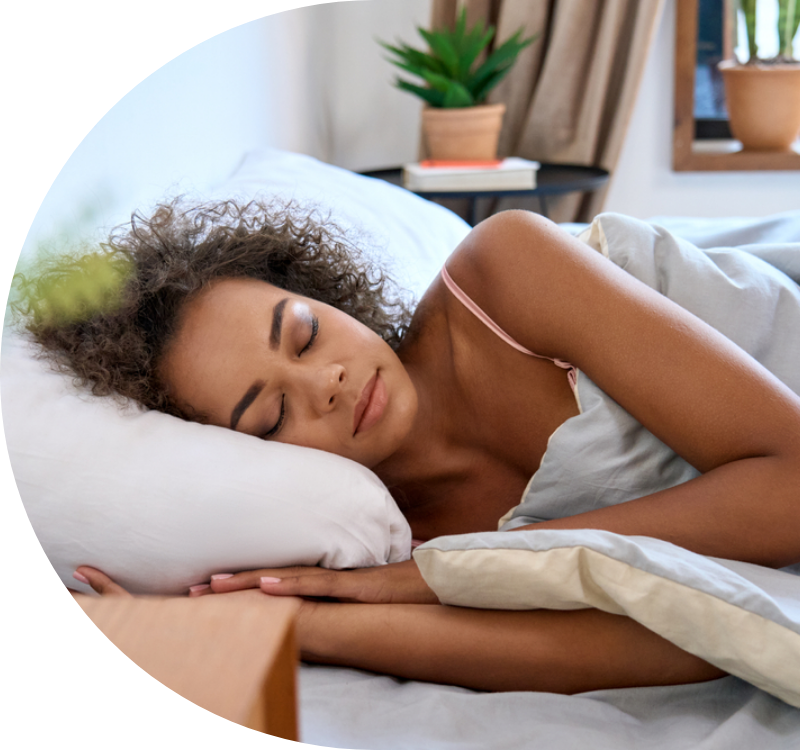Sleep Study Report
Understanding Your Sleep Cycle
OSA Fact Sheet
Sleep Report
Each ‘Level 2’ sleep study performed by us includes a comprehensive, 3-page sleep study report that is sent to the referring doctor. The sleep study report routinely includes the following:
Patient details, summary of relevant measurements, sleep-related complains and medical history
Sleep-related diagnoses, including colour print-out from patient sleep-study data; where appropriate, abnormal brain wave activity, abnormal respiratory events and abnormal leg movements are outlined)
Personalised treatment recommendations based on polysomnogram findings and detailed patient history; our recommendations are based on up-to-date treatment guidelines and evidence based medicine
Detailed sleep-statistics, calculated after the polysomnogram has been fully analysed by experienced Sleep Study Scorers
Detailed respiratory statistics, snoring volumes and oxygen saturation profile

Sleep Study Scoring
All our sleep studies are individually analysed by experienced Sleep Study Scorers. Our senior staff are registered sleep technologists with the BRPT (Board of Registered Polysomnographic Technologists), an internationally recognised qualification in sleep technology. Studies are analysed according to international standards outlined by the AASM (American Academy of Sleep Medicine), ASA (Australian Sleep Association) and ASTA (Australian Sleep Technologists Association).

Legend for acronyms commonly used in sleep study reports
Arousal: abrupt shift of EEG frequency during sleep, including alpha, beta, theta and/or higher frequencies for >3 seconds and preceded by at least 10 seconds of sleep. Arousals can occur during NREM and REM sleep
BMI: Body Mass Index (indicator of healthy body weight based on patients height)
CPAP: continuous positive airway pressure
ESS: Epworth Sleepiness Score (indicator of subjective daytime sleepiness)
Level 1: highest international standard of polysomnography recording
BMI: Body Mass Index (indicator of healthy body weight based on patients height)
REM-latency: time from sleep-onset to the first period of REM sleep
Sleep-latency: time from lights off to first period of sleep – this is essentially how long it takes for a patient to get to sleep
Sleep-related history: symptoms and information, as reported by patient

Respiratory Event Types
Central Apnoea
≥90% reduction in peak thermal excursion from baseline, lasting at least 10 seconds; central apnoeas are associated with absence of inspiratory effort throughout the entire period of absent airflow
Obstructive Apnoea
≥90% reduction in peak thermal excursion from baseline, lasting at least 10 seconds; obstructive apnoeas are associated with continued or increased effort throughout the entire period of absent airflow
Hypopnoea
≥30% reduction in nasal pressure signal from baseline, lasting at least 10 seconds; hypopnoeas are associated with an oxygen desaturation of at least 3% and/or an EEG arousal
RERA
sequence of breaths lasting 10 seconds or more, with increasing respiratory effort or flattening of the nasal pressure signal leading to an EEG arousal during sleep (scored when criteria for hypopnoea is not met
Mixed Apnoea
≥90% reduction in peak thermal excursion from baseline, lasting at least 10 seconds; mixed apnoeas are associated with absence of inspiratory effort at the start of the event, followed by return of inspiratory effort during the second portion of the event
AHI
Apnoea Hypopnoea Index, indicates severity of sleep-disordered breathing; ≤5 = normal; 6-14 = mild; 15-29 = moderate; ≥30 = severe
